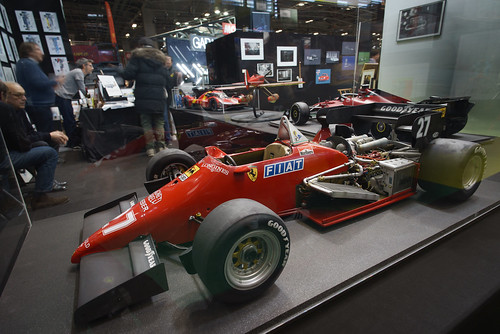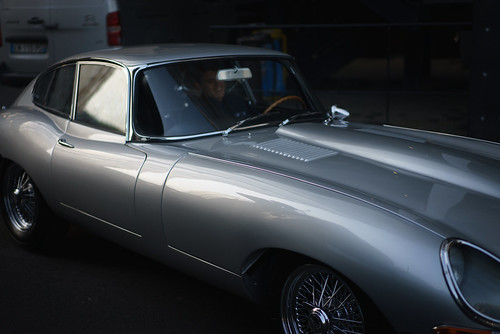Casually reading something on the internet, I stumbled across a comment about how the field of view narrows when applying lens corrections to the Tamron 20mm f/2.8 Di III. The writer claimed the lens went from 20mm uncorrected to 22mm corrected.

Image taken using at
Tamron 20mm f/2.8 Di III
I instantly thought that a gap from 24mm to 22mm might not be worth the effort to carry two lenses, the Tamron 20mm and a Sigma 24mm f/3.5 DG DN.
I've caught myself out in the past in reading something, not fully understanding the situation, selling a lens or camera, only to find out later that I was wrong and that the "problem" I was trying to solve was actually something completely different.
Case in point: There was a wonderfully sharp little Sigma 60mm f/2.8 DN EX E that suddenly developed a problem focusing. I read on the internet that the AF mechanism was not up to snuff, so I sold the optic. Only to find out a few weeks later that there was some grease stuck around the AF circuit on the shutter release of my Sony A6000. I cleaned the A6000 and instantly everything was good again and the AF worked correctly. All was not lost, however. I picked up a brand new Sony 50mm f/1.8 SEL OSS that has proven to be great jewel-like little lens. Still, I learned something from the experience.
Thinking that the Tamron corrected and Sigma lenses were too close together in focal length, my first impulse was to sell the 20mm Tamron and buy a Sigma 17mm f/4 DG DN or a Sigma 20mm f/2 DG DN.
But hold the horses. Maybe I should check the actual focal lengths of these and then make a better informed decision.
Taking a ruler, I measured 1100mm from the tripod mounted camera to a spot on the floor where I stretched the ruler parallel to the film plane of the camera. Then I took a photo using three lenses, the Tamron 20mm f/2.8 Di III, the Sigma 24mm f/3.5 DG DN, and the Sony 35mm f/2.8 ZA.
I then noted the numbers on the ruler in the horizontal direction at the very edges of the scene uncorrected and then corrected, calculated the base of the isosceles triangle, calculated the angle at the film plane of the camera, then calculated the actual focal length of the lens at 1100mm distance from the subject. Easy peasey. Right. Here's what I found.
Tamron 20mm f/2.8 Di III uncorrected - 18mm
Tamron 20mm f/2.8 Di III corrected - 21mm
Sigma 24mm f/3.5 DG DN uncorrected - 27mm
Sigma 24mm f/3.5 DG DN corrected - 27mm
Sony 35mm f/2.8 ZA uncorrected - 39mm
Sony 35mm f/2.8 ZA corrected - 39mm
Well, lookee there, will ya?
The Sigma and Sony lenses have longer focal lengths than marked when focused on a subject 1100mm away. I would have expected that with an old manual focus lenses were the entire lens group moved forward when focused on close subjects. Extending the lens distance to the image plane increases focal length. But since the Sony and Sigma are internally focusing lenses, I thought there might be a lot less of what cinematographers call "focus breathing." That's where the size of a subject changes with changes in focus.
OK. So I learned that the Sigma and Sony lenses are longer than expected.
What about the Tamron? It starts wider than marked on the front of the lens when uncorrected. The lens suffers from a large amount of barrel distortion and I can see quite a shift around the edges when a correction is applied. Once applied, the lens measures 21mm. This is much closer to what is marked on the lens than either the Sigma or the Sony.
A gap from 21mm to 27mm between two lenses is actually quite enough for me. I don't feel the need to find something different. Buying and selling lenses is becoming a chore and is something of a thrash, so I'll stick with what I have for now. I'm glad I checked.














